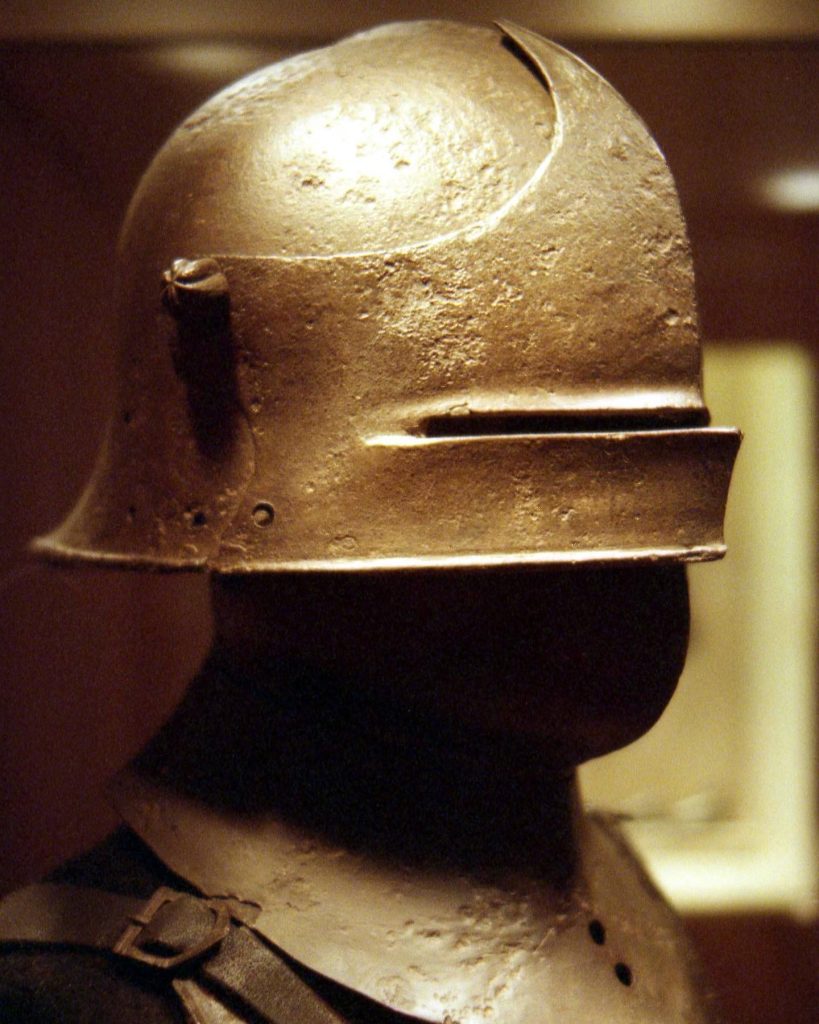
The sallet is a type of helmet which began to appear in Central Europe in the late 14th Century, considered to be in the ‘Gothic’ style associated with Latin Christendom from the high to late medieval period. The Sallet seems to have originated in German speaking areas initially. By the second quarter of the 15th Century this type of helmet was found all over Latin Europe, especially Central Europe but also in Italy and in northern regions like Flanders and Poland.
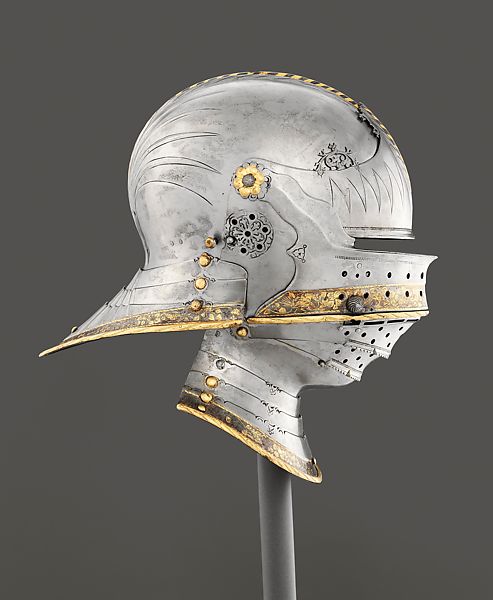
A lot of sallet helmets have an elongated tail and kind of an overall teardrop shape. The ‘tail’ is mainly to protect the back of the neck, and the overall ‘streamlined’ look of a sallet serves to deflect weapons and projectiles. But it also may have served another purpose, especially compared to earlier ‘barrel’ helms, heaumes and other early cavalry helmets
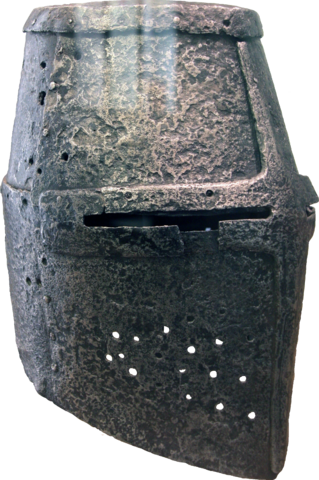
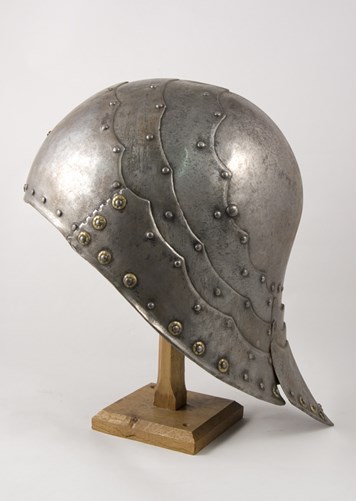
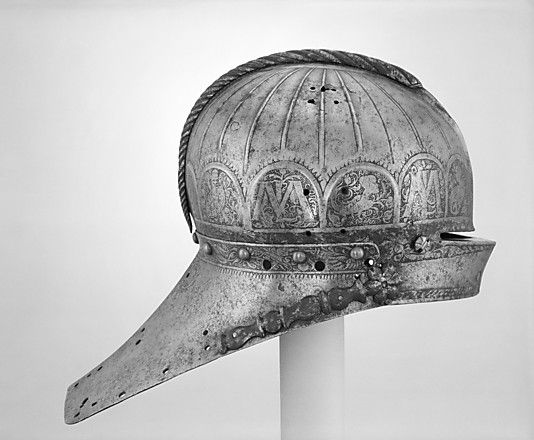
Sallets were made in a much more streamlined manner, even than other contemporary types of helmets. And there may have been a reason for this.
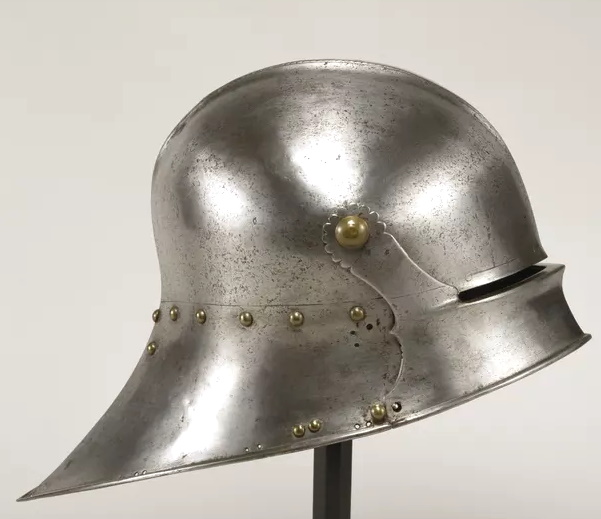
Though Sallets became so popular that they were also worn by infantry, this was originally a cavalry helmet. And the shape bears a strong resemblance to another type of modern helmet we see today.


It’s quite likely that Sallet helmets were shaped the way they were to reduce drag. Streamlining as a concept was not explicitly discussed as such, but appears in many examples of medieval design, such as in naval architecture.

Taking their cue from Classical auctores like Pliny the Elder, medieval artisans sought to emulate nature, and they looked at animals like fish and birds to solve problems related to resistance by the wind or water.
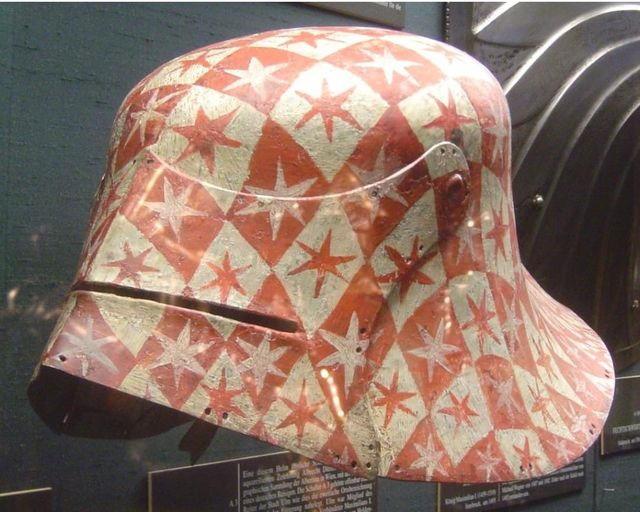
So the mighty Gothic sallet helmet was good for stopping arrows and even bullets, but it also conferred another advantage for those who relied as much on a swift horse as on the strength of steel to save their lives in battle.
